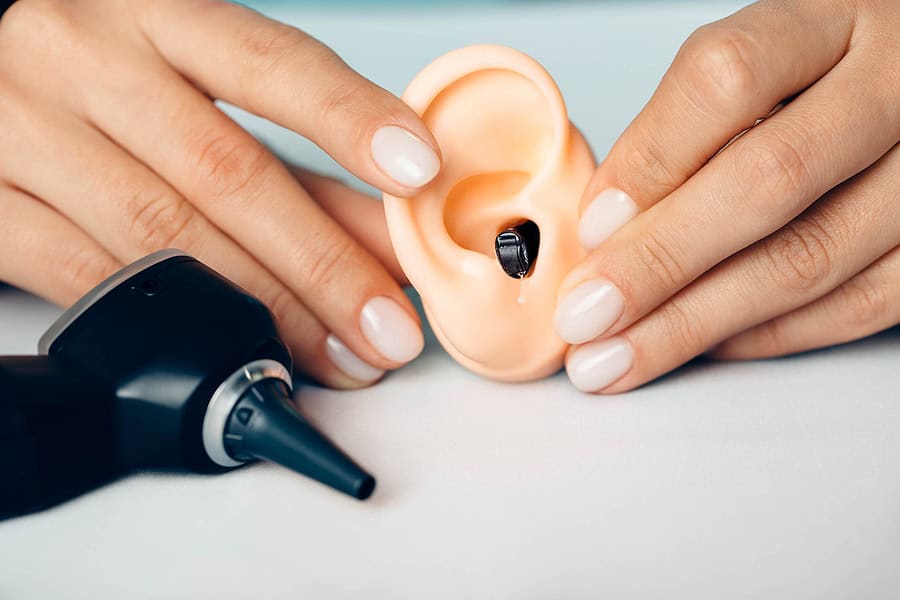
- A Step-by-Step Look at How Hearing Aids Make Sounds Sharper - May 5, 2025
- Causes of Conductive Hearing Loss? - April 27, 2025
- Can Treating Hearing Loss Reduce Stress? - April 15, 2025
Hearing loss can bring about significant emotional and social challenges, affecting interactions with loved ones and the ability to navigate daily activities. However, there’s hope and help available through advanced hearing aids, which can enhance sound clarity and improve your quality of life. Let’s dive into how these remarkable devices function and their key features, like amplification, noise reduction, and speech enhancement, contribute to a sharper auditory experience.
How Hearing Aids Amplify Sound
Amplification is often the initial and most critical task that hearing aids undertake. Modern hearing aids use incredibly tiny microphones to capture sound from the environment. These sounds are then converted into digital signals and amplified. By boosting the volume, especially of softer sounds that might otherwise be missed, hearing aids ensure you can hear more clearly and confidently. This precise amplification lets users pick up once-missed details, promoting better communication and connection.
The Role of Noise Reduction
Navigating noisy environments can be particularly frustrating for those with hearing loss. Fortunately, hearing aids come equipped with sophisticated noise-reduction technologies. These features work by identifying and reducing background noise, making it easier to focus on conversations. This filtering capability is especially valuable in busy settings, where distinguishing speech from surrounding noise is important for effective communication. With this feature, you’ll find conversation in a crowded room much more manageable.
Understanding Speech Enhancement
Speech enhancement technology further refines the hearing experience. Hearing aids are designed to recognize the unique patterns of human speech and prioritize these sounds over others. This means that voices are louder and clearer, allowing for more natural and easier conversations. By enhancing speech, these devices ensure that you don’t miss important nuances in discussions, making it easier to stay engaged and connected with those around you.
The Technology Behind Hearing Aids
The technology packed inside hearing aids is truly remarkable. Digital signal processing (DSP) is a critical component, enabling real-time adjustments to sound levels based on the surrounding environment. This adaptability means that whether you’re in a quiet room or a noisy street, the hearing aids optimize settings without needing an intervention. Such seamless functionality ensures a consistently comfortable and clear hearing experience tailored to your needs in any situation.
Comfort and Design
Today’s hearing aids are designed with both functionality and comfort in mind. Available in various styles, from behind-the-ear models to nearly invisible in-the-ear options, there’s a design to fit every preference and lifestyle. Comfort is paramount; a well-fitted hearing aid encourages regular usage, which is key to maximizing the benefits of these devices. Moreover, modern hearing aids can be customized to match the wearer’s skin tone, making them even less noticeable and more appealing.
Seeking Support and Regular Checkups
Regular checkups with a hearing health professional are important to get the most out of hearing aids. These professionals can make necessary adjustments and ensure hearing aids are functioning at their best. Addressing issues promptly can prevent potential problems and help maintain optimal hearing health. Support networks, including hearing health professionals, community groups, and family members, play a key role in this journey. Scheduling regular appointments and seeking support can significantly enhance the effectiveness of hearing aids and ensure you continue to experience improved sound clarity.
